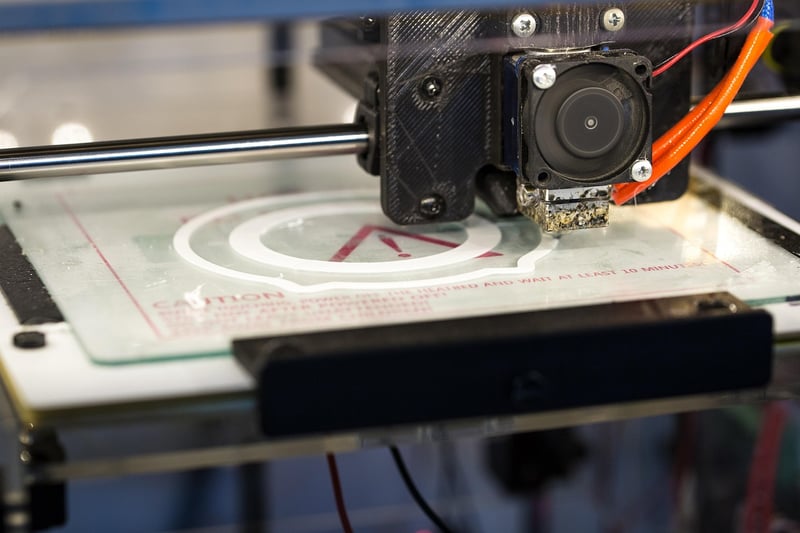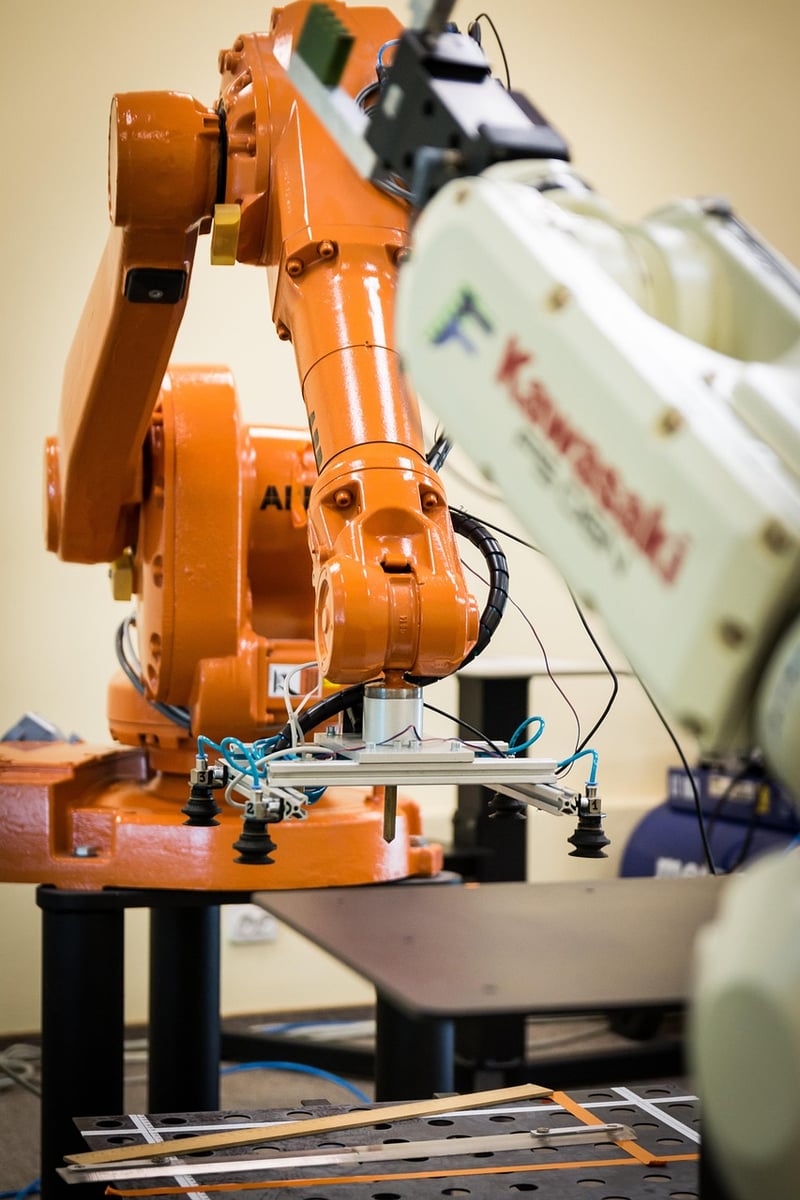Tech Upcycling Trends
Technological Advancements in Upcycling
Upcycling, the process of converting waste materials or unwanted products into new materials or products of better quality or for better environmental value, has seen significant advancements through technology. These innovations are not only helping to reduce waste but also driving sustainable practices in various industries.
1. 3D Printing
3D printing technology has revolutionized upcycling by enabling the creation of new products from recycled materials. Companies are using this technology to develop prototypes, parts, and even consumer goods from recycled plastic, metal, and other materials. This helps in reducing the demand for new raw materials and minimizes waste generation.

2. AI and Machine Learning
Artificial Intelligence (AI) and Machine Learning algorithms are being employed to optimize upcycling processes. These technologies help in sorting and categorizing waste materials efficiently, making the recycling and upcycling processes more streamlined and cost-effective.

3. Internet of Things (IoT)
The Internet of Things (IoT) is playing a crucial role in upcycling by enabling smart waste management systems. IoT devices help in collecting data on waste generation, monitoring recycling processes, and optimizing resource utilization. This leads to better decision-making and improved efficiency in upcycling practices.

Tech Upcycling Trends
1. Circular Economy Models
Businesses are increasingly adopting circular economy models that promote upcycling and recycling of products. This trend focuses on creating sustainable products and reducing waste by extending the lifespan of materials through upcycling processes.
2. Collaborative Upcycling Platforms
Online platforms and apps are emerging that connect individuals and businesses for upcycling initiatives. These platforms facilitate the exchange of resources, ideas, and materials for upcycling projects, fostering a collaborative and sustainable community.
3. Upcycling Design Challenges
Design challenges and competitions centered around upcycling are gaining popularity. These events encourage designers, engineers, and innovators to create innovative products using upcycled materials, promoting creativity and sustainable practices.
Embracing technological advancements in upcycling and staying informed about the latest trends in tech upcycling can lead to a more sustainable future with reduced waste and enhanced resource efficiency.
